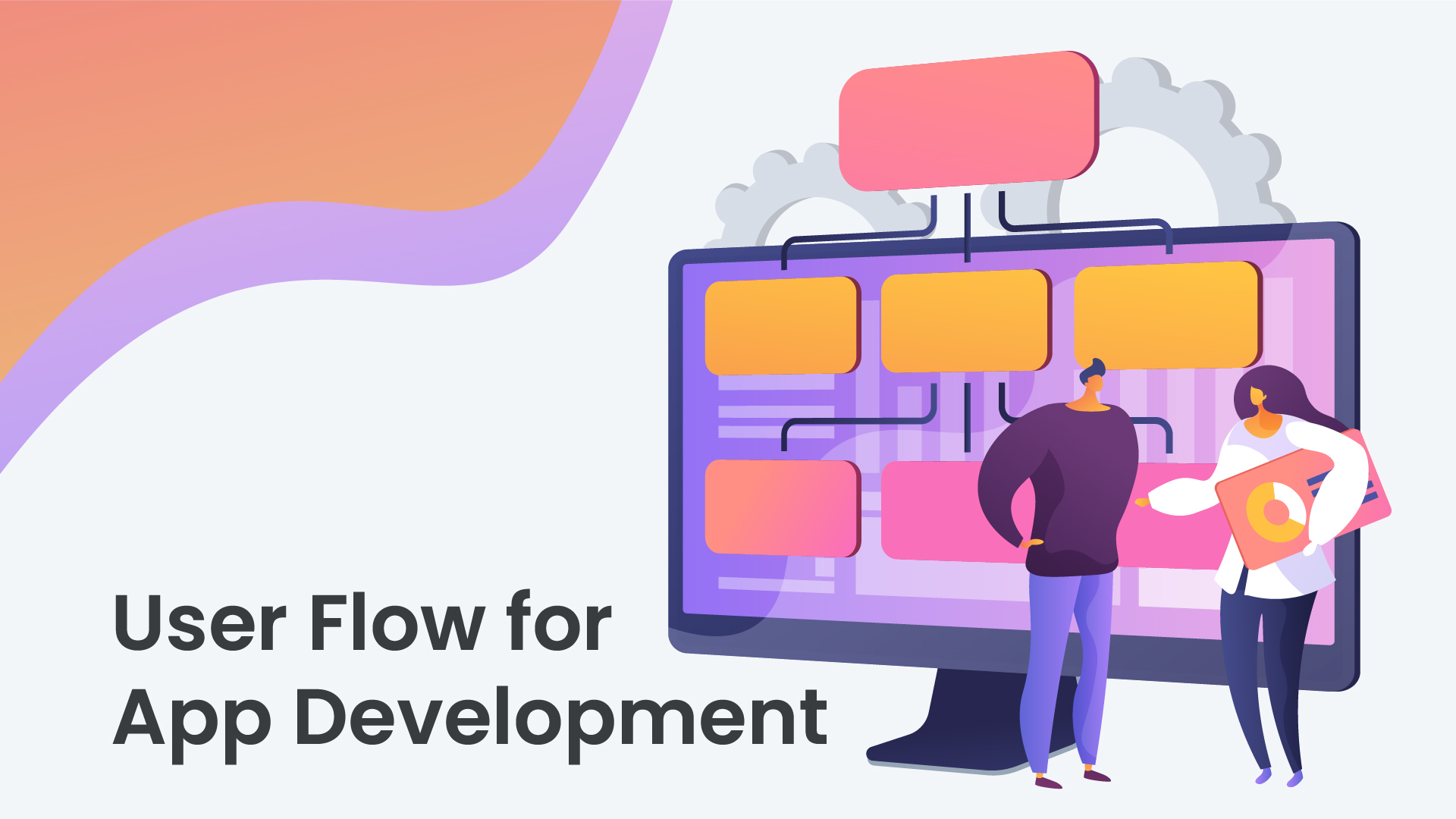Picture this: after months of development, you’ve just launched your dream app, but users abandon it faster than you can say “download.” Sound familiar? You’re not alone. Studies show that the average app loses 77% of users after three days, with 90% leaving within 30 days. However, there’s a powerful solution that successful app developers swear by, and it starts before you write a single line of code.
Enter user flows: the secret weapon that transforms confusing apps into intuitive experiences for which users want to stick around. Whether you’re a beginner developer or a seasoned pro looking to reduce user abandonment, this guide will walk you through everything you need to master user flow design.
What Exactly Is a User Flow?
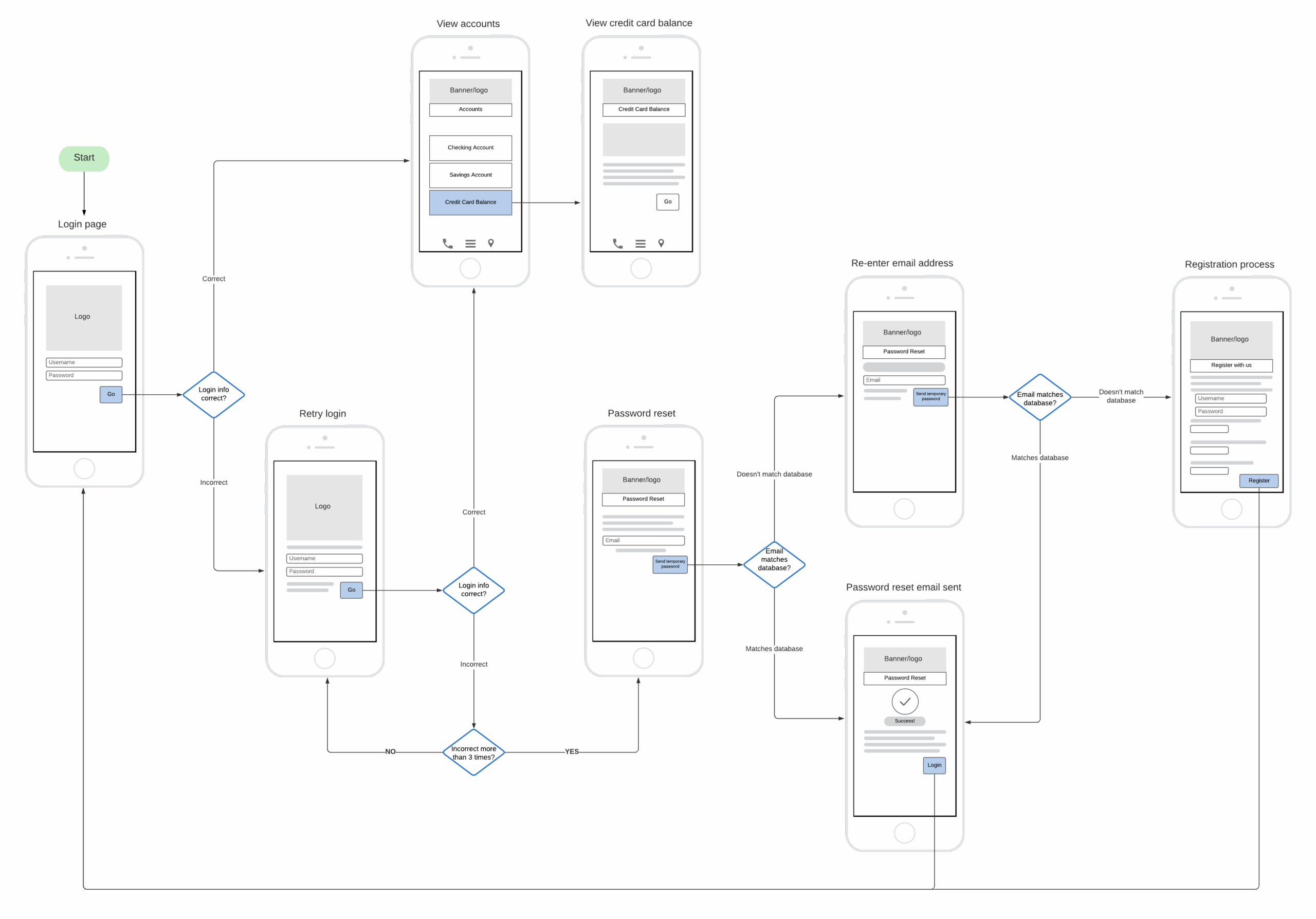
Think of a user flow as your app’s GPS. Google Maps shows you the best route from point A to point B, and a user flow maps out the exact path users take through your app to accomplish their goals.
A user flow is a visual diagram that captures every step, decision, and action a user might take while navigating your app from the moment they open it to when they complete a specific task. It’s like creating a choose-your-own-adventure book, but for app interactions.
Here’s a simple example from a food delivery app:
- User opens app → Views restaurant list → Selects restaurant → Browses menu → Adds item to cart → Proceeds to checkout → Enters payment info → Confirms order.
But here’s where it gets interesting: real user flows account for all the “what ifs.” What if the user changes their mind? What if they want to edit their order? What if their payment fails? A comprehensive user flow diagram captures these scenarios, too.
User Flow vs User Journey: What’s the Difference?
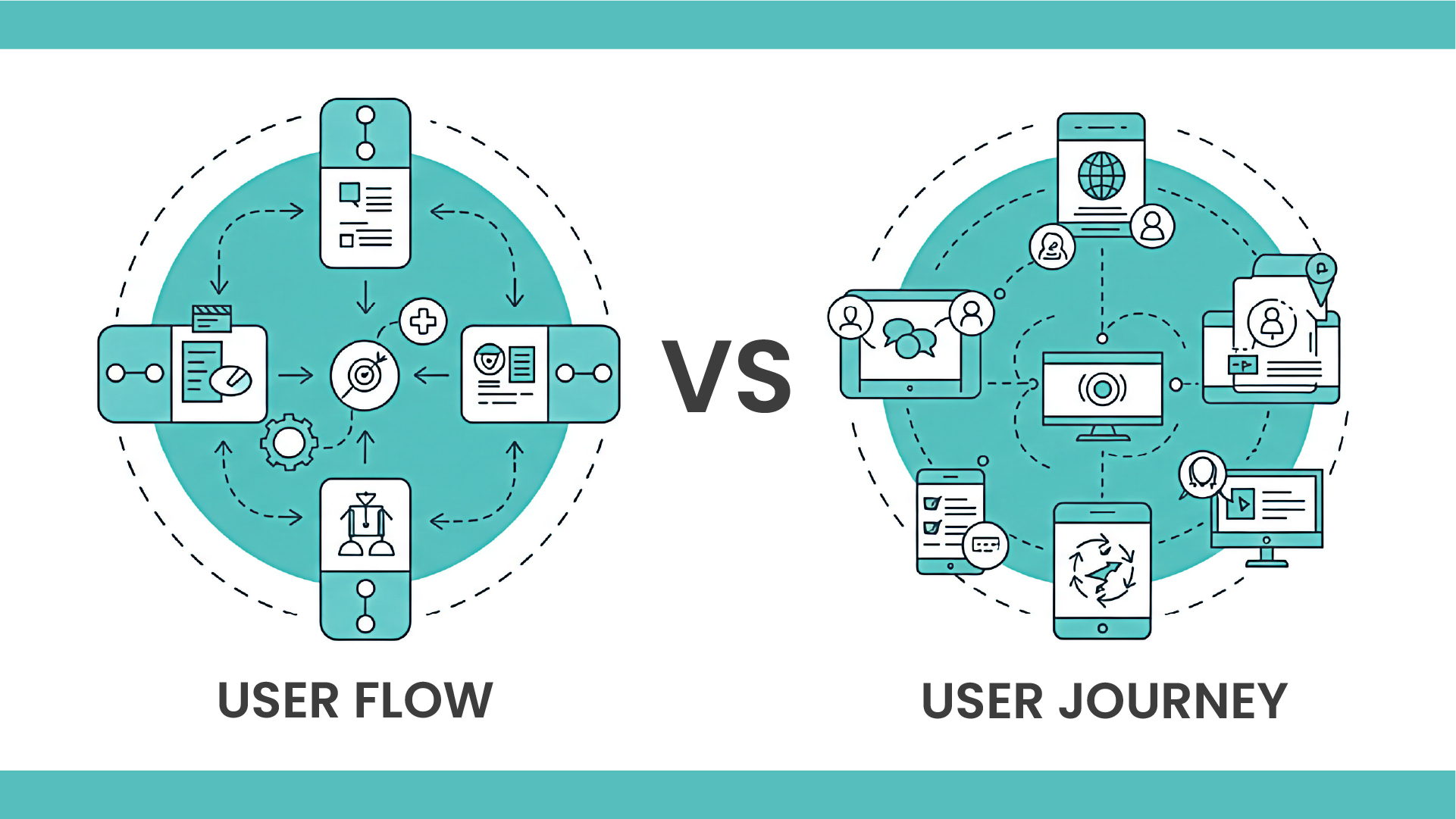
| User Flow | User Journey |
| Shows functional steps and screens | Captures emotions and feelings |
| “What does the user click next?” | “How does the user feel?” |
| Task-oriented | Experience-oriented |
Use both: Flows ensure your app works logically, journeys ensure it feels right.
User flows focus on the functional pathway—the steps and screens users encounter. They’re task-oriented and show the logical progression through your app’s interface.
User journeys dive deeper into the emotional experience, capturing how users feel at each step. They consider motivations, pain points, and emotions throughout the process.
Why User Flows Are Make-or-Break for Your App Success
The mobile app landscape is brutal. With 300+ billion app downloads projected for 2025 and millions competing for attention, users have zero patience for confusing interfaces.
Here’s why user flows aren’t optional: they’re essential.
1. Prevent Costly Development Mistakes
Imagine discovering a major navigation flaw after your app is live. According to industry estimates, fixing problems post-launch costs 100 times more than addressing them during the design phase. User flows act as your safety net, catching issues before they become expensive nightmares.
2. Reduce User Abandonment Dramatically
Within the first 90 days of downloading an app, 71% of users abandon it. But apps with well-designed user flows see significantly lower abandonment rates because users can accomplish their goals without frustration.
3. Streamline Team Communication
Nothing kills productivity like miscommunication. When your designer thinks users log in with usernames while your developer codes for email authentication, you’re heading for trouble. User flows create a single source of truth, keeping everyone aligned.
4. Boost Conversion Rates
Clear pathways lead to clear actions. E-commerce apps with optimized user flows typically see conversion rates 15-20% higher because users can complete purchases without getting lost or confused.
Types of User Flow Diagrams Every Developer Should Know
Not all user flows are created equal. Different scenarios call for different approaches, and choosing the right type can significantly impact your app’s success.
Task Flows: Perfect for Linear Processes
Task flows focus on a single, specific action with minimal branching. They’re ideal for straightforward processes like password resets or simple form submissions.
When to use: Registration processes, payment flows, or any linear task where users follow the same steps.
Wire Flows: Where Design Meets Function
Wire flows combine wireframes with user flow diagrams, showing actual screen layouts within the flow. Professional UI/UX design services can create these hybrid wireframes that bridge strategy and visual design seamlessly. This hybrid approach helps developers visualize both the journey and the interface simultaneously.
When to use: When you need to show stakeholders exactly how screens connect, especially for mobile apps where screen real estate is limited.
User Flows: The Complete Picture
Traditional user flows account for multiple user paths, decision points, and various scenarios. They’re comprehensive maps that consider different user types and their unique needs.
When to use: Complex apps with multiple user types, extensive features, or when mapping the entire app ecosystem
How to Create a Portal User Using Record Triggered Flow: A Step-by-Step Process
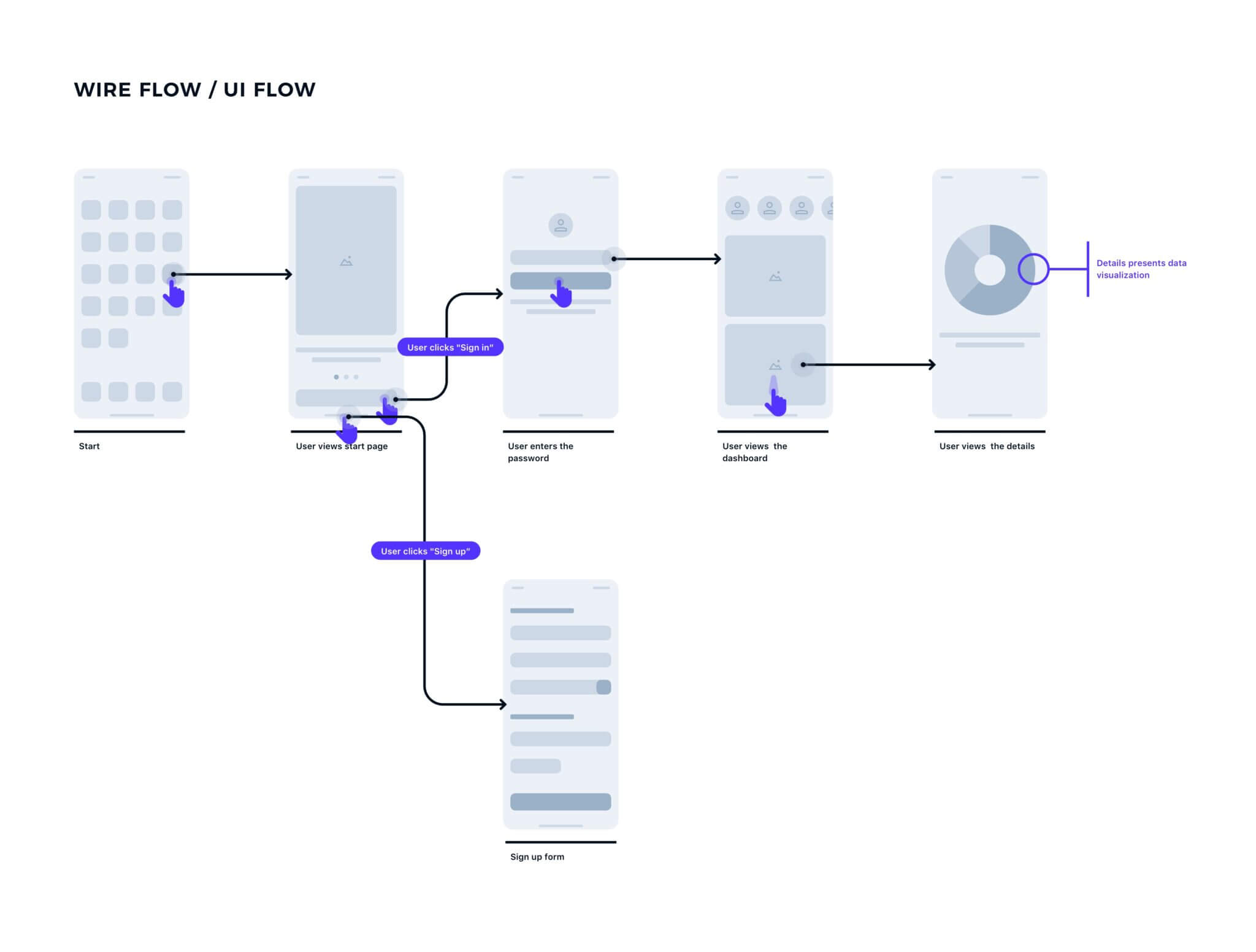
Creating adequate user flows isn’t just about drawing boxes and arrows; it’s about understanding your users and designing experiences that feel natural. Here’s how to create user flows that actually work:
Step 1: Define Your User Goals
Before diving into diagrams, answer these critical questions:
- What is the primary action users want to accomplish?
- What information do they need to complete this action?
- What might prevent them from succeeding?
Step 2: Identify Entry Points
Users don’t all start from the same place. They might enter your app from:
- App store downloads
- Push notifications
- Deep links from other apps
- Social media shares
- Direct app icon taps
Map each entry point to understand different user contexts and expectations.
Step 3: Map the Happy Path First
Start with the ideal scenario when everything goes perfectly. This becomes your baseline flow from which other variations will branch.
Step 4: Account for Alternative Scenarios
Real users don’t follow perfect paths. Consider:
- Error states (failed payments, network issues)
- User indecision (browsing without purchasing)
- Accessibility needs
- First-time vs. returning users
Step 5: Optimize for Mobile-First
With mobile apps generating over $935 billion in revenue in 2024, your flows must prioritize mobile experiences. Consider:
- Thumb-friendly navigation
- Minimal text input
- Quick loading times
- Offline functionality
Step 6: Create Your Visual Diagram
Use these standard symbols:
- Rectangles: Actions or process steps
- Diamonds: Decision points
- Circles: Start/end points
- Arrows: Flow direction
Use these standard symbols while maintaining consistent visual design principles. For complex apps, consider working with professional UI/UX designers who understand both flow logic and interface aesthetics.
Essential Tools for Creating User Flow Diagrams
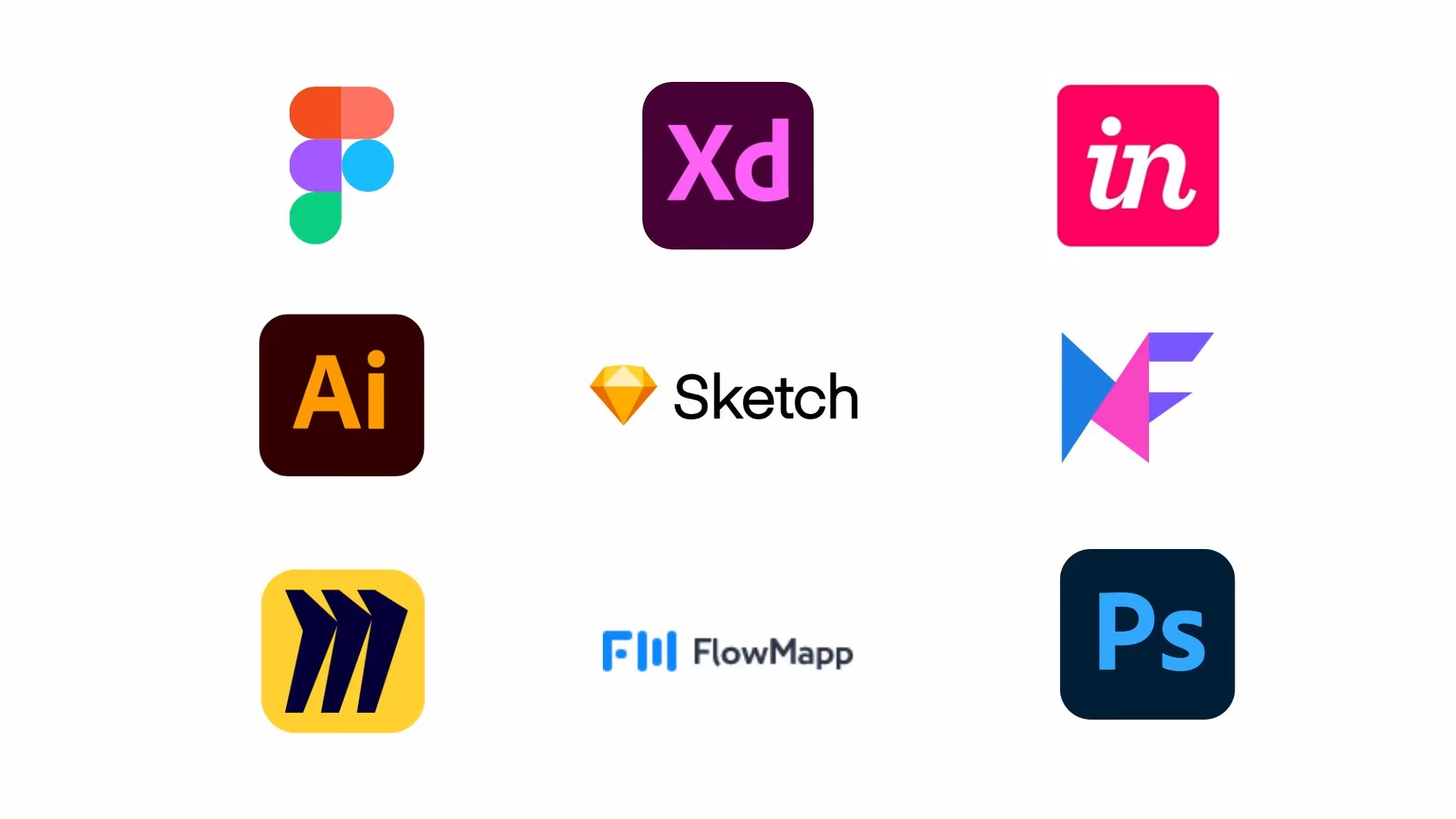
The right tool can transform user flow creation from a tedious chore into an efficient, collaborative process. Here are the top options for 2025:
Professional Tools
- Figma: Industry standard for collaborative design teams
- Miro: Excellent for remote team collaboration
- Lucidchart: Perfect for complex, detailed flows
- Adobe XD: Integrated with other Adobe creative tools
Budget-Friendly Options
- Draw.io: Free and surprisingly powerful
- Creately: Good balance of features and cost
- Whimsical: Simple and intuitive interface
Advanced Solutions
- Sketch: Mac-only but incredibly robust
- InVision: Great for interactive prototypes
Choose based on your team size, budget, and collaboration needs. For beginners, Figma’s free tier offers everything you need to get started.
Real-World User Flow Examples That Drive Results
Let’s examine three detailed examples that showcase different user flow approaches and their impact on app success.
Example 1: Streamlined Onboarding Flow (Duolingo)
Duolingo’s genius lies in getting users to their “aha moment” quickly:
- App opens → 2. Choose language → 3. Set learning goal → 4. Take placement test → 5. Start the first lesson
Notice what’s missing? No account creation, no lengthy tutorials, no permission requests. Users experience value before commitment, resulting in higher retention rates.
Example 2: E-commerce Purchase Flow (Amazon)
Amazon’s mobile app perfects the purchase flow:
- Search/browse → 2. Product details → 3. Add to cart OR Buy now → 4. Login (if needed) → 5. Payment → 6. Confirmation
The “Buy now” option bypasses cart friction for immediate purchases, while the cart option allows for continued browsing—covering both user types.
Example 3: Social Media Posting Flow (Instagram)
Instagram’s posting flow accommodates creativity while maintaining simplicity:
- Tap “+” → 2. Select photo/video → 3. Edit/filter → 4. Add caption → 5. Choose sharing options → 6. Publish
Each step provides value (photo enhancement, personal expression, social connection) while moving toward the goal.
Advanced User Flow Strategies for 2025
As apps become more sophisticated, user flow strategies must evolve. Here are cutting-edge approaches that top developers are implementing:
Progressive Disclosure
Instead of overwhelming users with all features upfront, reveal functionality gradually as users demonstrate engagement. This approach reduces cognitive load and prevents feature overwhelm.
Contextual Flows
Design flows that adapt based on user behavior, location, time of day, or device type. For example, a fitness app might suggest different workouts based on the user’s location (gym vs. home).
Micro-Interactions Integration
Modern user flows incorporate micro-interactions—small animations and feedback that guide users naturally through the experience. These subtle cues can reduce confusion and increase completion rates by up to 25%.
AI-Powered Personalization
Leverage user data to create dynamic flows that adapt to individual preferences and behaviors. This approach is becoming increasingly important as users expect personalized experiences.
Testing and Optimizing Your User Flows
Creating a user flow is just the beginning—optimization is where the magic happens. Here’s how to ensure your flows perform in the real world:
A/B Testing Your Flows
Test different flow variations with real users to identify the most effective paths. Focus on:
- Conversion rates for each flow version
- Time to task completion
- User satisfaction scores
- Drop-off points
Analytics Integration
Implement tracking to monitor flow performance:
- Google Analytics: For web-based flows
- Firebase: For mobile app analytics
- Mixpanel: For detailed user behavior tracking
- Hotjar: For visual user session recordings
User Feedback Collection
Don’t guess, ask your users directly. Use:
- In-app feedback prompts
- Post-task surveys
- User interview sessions
- Beta testing programs
Iteration Based on Data
Successful apps continuously refine their user flows based on real usage data. Set up regular review cycles to analyze performance and make improvements.
Common User Flow Mistakes That Kill Apps
Avoid these critical pitfalls that cause users to abandon apps:
The “Feature Dumping” Trap
Showing every feature upfront overwhelms users. Instead, introduce features progressively as users demonstrate engagement and readiness.
Ignoring Error States
Many developers design only for the “happy path” but forget to plan for errors. Always include flows for:
- Network connection issues
- Payment failures
- Form validation errors
- Server timeouts
Over-Complicating Simple Tasks
If users need more than 3-4 steps to accomplish a basic task, your flow is probably too complex. Constantly ask: “Can we eliminate this step?”
Forgetting Mobile Constraints
Desktop flows don’t translate directly to mobile. Account for:
- Smaller screen sizes
- Touch navigation
- Varying network speeds
- Limited attention spans
User Flow Tools and Templates for Fast Implementation
Speed up your user flow creation with these resources:
Free Templates
- Figma Community: Thousands of user flow templates
- UXPin: Pre-built flow components
- Sketch App Sources: Professional templates
Premium Resources
- UI8: High-quality design systems with flows
- Creative Market: Professional user flow kits
Development Integration
- Zeplin: Converts flows into developer-friendly specs
- Abstract: Version control for design files
- Marvel: Prototype directly from user flows
Measuring User Flow Success: KPIs That Matter
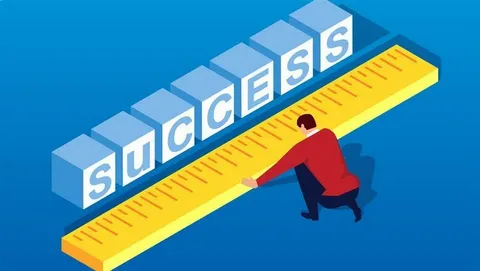
Track these metrics to ensure your user flows are performing:
Primary Metrics
- Task completion rate: Percentage of users who complete the intended action
- Time to completion: How long it takes users to finish tasks
- Drop-off rate: Where users abandon the flow
- Error rate: How often users encounter problems
Secondary Metrics
- User satisfaction scores: Post-task feedback ratings
- Return usage: How often users repeat the flow
- Support ticket volume: Fewer tickets indicate clearer flows
Advanced Analytics
- Heat mapping: Visual representation of user interactions
- Session recordings: Watch actual user behavior
- Funnel analysis: Identify conversion bottlenecks
Future-Proofing Your User Flows
The app development landscape evolves rapidly. Here’s how to ensure your user flows remain effective:
Voice Interface Integration
As voice technology advances, consider how users might navigate your app through voice commands. Design flows that work across multiple interaction methods.
AR/VR Considerations
Augmented and virtual reality are becoming mainstream. Think about how spatial interfaces might change user flow patterns.
Cross-Platform Consistency
Users expect seamless experiences across devices. Ensure your flows work consistently on phones, tablets, watches, and other connected devices.
Accessibility First
Design flows that work for users with disabilities from the start. This isn’t just good practice—it’s increasingly required by law in many regions.
Implementing User Flows in Agile Development
Modern development teams work in sprints, but user flows need to fit into agile workflows. Here’s how successful teams integrate user flow design:
Sprint Planning Integration
Include user flow reviews in sprint planning sessions. Treat flows as living documents that evolve with your product.
Continuous User Testing
Don’t wait until launch to test flows. Implement continuous testing throughout development cycles using tools like UserTesting or Maze.
Cross-Functional Collaboration
Involve developers, designers, and product managers in flow creation. Different perspectives reveal potential issues early.
Advanced User Flow Patterns for Different App Categories
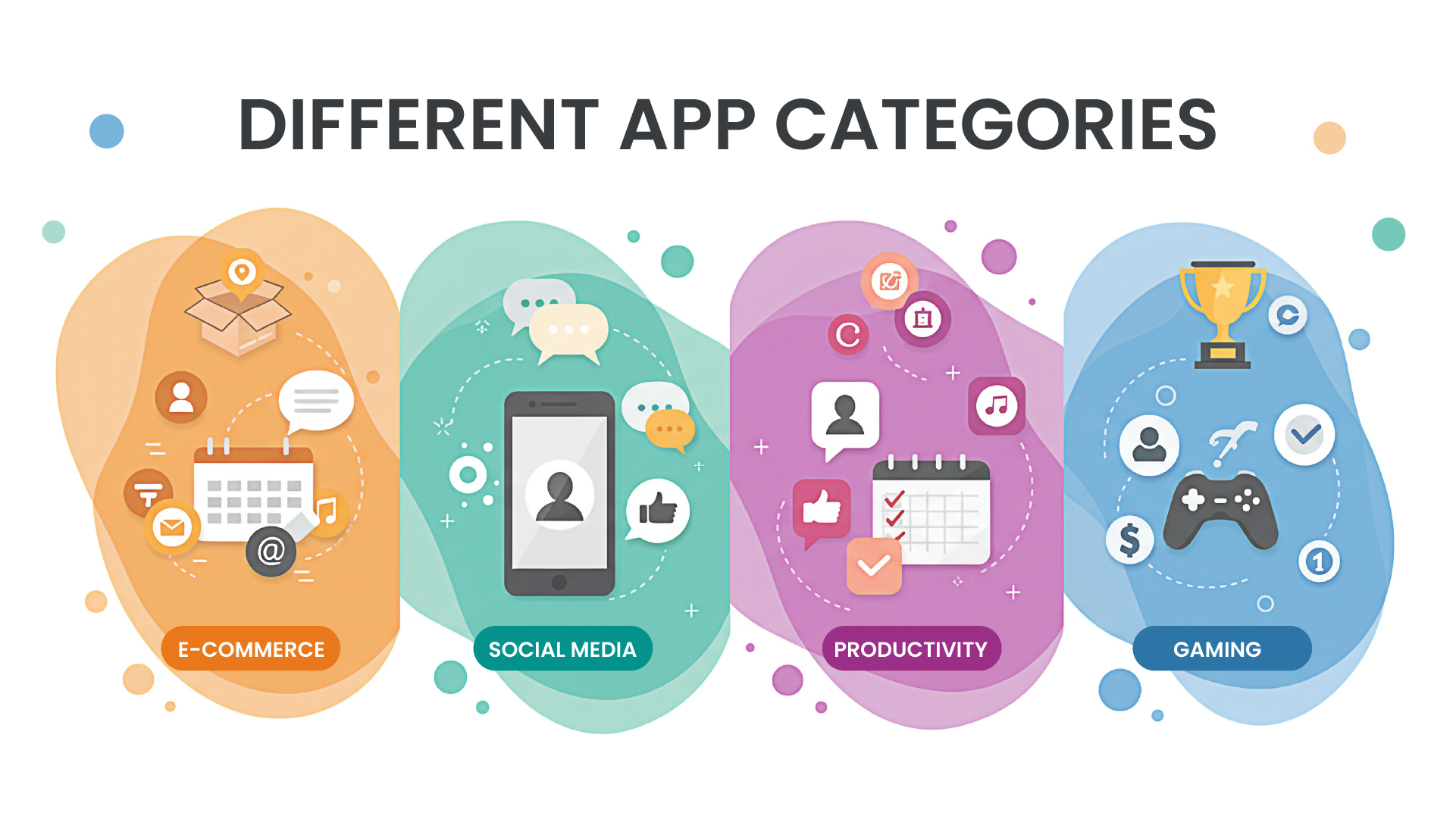
Different app types require specialized flow approaches:
E-commerce Apps
Focus on reducing friction in purchase flows while providing enough information for confident buying decisions. Implement guest checkout options and save user preferences for faster repeat purchases.
Social Media Apps
Prioritize content discovery and sharing flows. Make posting content as simple as possible while providing rich engagement options.
Productivity Apps
Design flows that minimize setup time and maximize feature discovery. Users should feel productive immediately, not after extensive configuration.
Gaming Apps
Balance tutorial flows with immediate gameplay. Let users experience fun before explaining complex mechanics.
Conclusion: Your User Flow Success Action Plan
Creating effective user flows isn’t just about drawing diagrams—it’s about deeply understanding your users and designing experiences that feel natural and effortless. With 71% of users abandoning apps within 90 days, getting your user flows right isn’t optional—it’s survival.
Start with these immediate actions:
- Map your app’s core user goals
- Create basic flow diagrams for each goal
- Test with real users early and often
- Iterate based on data, not assumptions
- Continuously optimize based on user feedback
Remember, the best user flows are invisible to users—they just work. When users can accomplish their goals without thinking about navigation, you’ve created something special.
Your app’s success starts with understanding how users want to move through it. Master user flows, and you’ll master user retention.
Frequently Asked Questions (FAQs)
What is the difference between user flow and user journey?
A user flow focuses on the functional steps and screens users navigate through your app, like a technical roadmap. A user journey goes deeper, mapping user emotions, motivations, and feelings at each step. User flows answer “what happens next?” while user journeys answer “how does the user feel?” Both are important—user flows ensure your app works logically, while user journeys ensure it feels right emotionally.
How long should it take to create a user flow diagram?
For a simple app feature, you can create a basic user flow in 2-4 hours. Complex apps with multiple user types might take 1-2 weeks for comprehensive flow mapping. The key is starting simple and iterating. Spend 80% of your time on the core “happy path” flows that most users will follow, then add edge cases and error states.
What tools are best for beginners to create user flows?
Free options: Figma (most recommended), Draw.io, or even a simple pen and paper for initial sketches. Paid options: Lucidchart or Miro for team collaboration. Figma is ideal for beginners because it’s free, has tons of templates, and integrates well with other design tools you’ll likely use later.
How do I know if my user flow is working?
Track these key metrics: task completion rate (aim for 90%+), time to completion, and drop-off points. Use analytics tools like Google Analytics or Mixpanel to monitor real user behavior. If users are abandoning at specific steps consistently, that’s your cue to redesign those portions of the flow.
What’s the biggest mistake in user flow design?
The biggest mistake is designing for yourself instead of your users. Developers often create flows that make sense technically but feel confusing to actual users. Always validate your flows with real user testing—what seems obvious to you might be completely unclear to someone experiencing your app for the first time.
